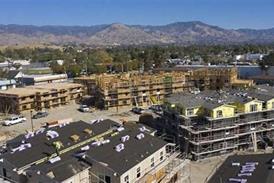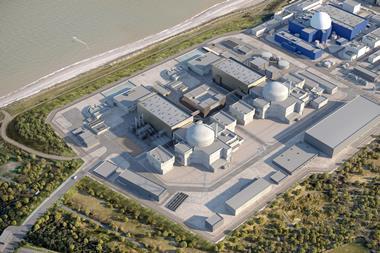In the face of tightening capital constraints, outbound Chinese institutional investment could fall by up to 40% this year, according to Cushman & Wakefield.
The real estate consultancy’s latest Chinese investment intentions survey suggests that capital flows into overseas real estate will fall 30-40% on 2017 levels.
The worst hit sectors are expected to be premium office towers, retail and hotels, particularly in the US, Australia and Canada.
Conversely, offshore investment in logistics and development sites is expected to increase in 2018.
Cushman & Wakefield found that half of Chinese institutional investors faced difficulty in obtaining foreign currency, and that 40% were finding it “extremely difficult” to convert to foreign currency to invest overseas.
One in 10 spoke of a “severe impact” and said it had become impossible to transact overseas.
But 43% felt there was limited impact on their business and that, while the approval process had slowed, and they were still able to transact.
“In 2018, we do not anticipate a major change in stance towards overseas real estate investment by the government,” said Cushman & Wakfield.
“As a result, we should see continued interest in Belt and Road projects, logistics, business parks, and development projects.”
The industrial sector accounted for US$15.8bn (€12.9bn) in overseas investment in 2017, skyrocketing 2,052% year-on-year, mainly due to China Investment Corporation’s acquisition of Logicor from Blackstone for €12.25bn.
“In 2018, we anticipate Chinese investors will shy away from trophy office assets, hotels, completed apartment blocks and retail malls,” Cushman & Wakefield said.
“In particular, we expect the office sector could see a continued (and the largest) decline.”
Active investors are likely to continue to be sovereign wealth funds, developers and private investors. “We anticipate that the development community will remain active where they are pursuing their core business activity and are of a scale where geographical diversification is a clear necessity,” the report said.
“Institutional investment, on the other hand, is likely to continue its decline, whereas private enterprises and insurance groups will continue to demonstrate limited activity.”
Despite the tightening of capital controls over the past year, Mainland Chinese investors deployed US$42.2bn in 2017 – up 10.3% over 2016 – mainly in Hong Kong and the UK.
The US saw a “meteoric decline”, according to Cushman & Wakefield, down 75% to third place from US$18.3bn in 2016 to US$4.5bn in 2017.
Investment in Australia, South Korea and Canada was down 60%, 91% and 84%, respectively, over 2016 levels.
Cushman & Wakefield said: “We saw a surge in allocations to Germany and the rest of Europe (excluding the UK), with intentions to this area growing by 226% on 2016 to a 7% share of all global allocations. Of this, Germany accounted for 29% of allocations to Europe.
“Following strong investment growth into the UK, a growing allocation to other areas of Europe is not a surprise. Historically, the UK (London) is often the first stop for international investors from outside Europe.
“Such investors may look to establish their European presence in London as a first step, build credibility as buyers and then look to diversify across other European markets.”
Cushman & Wakefield expects a “ripple” effect, leading to more investment targeting some of the larger markets in Europe.





















No comments yet